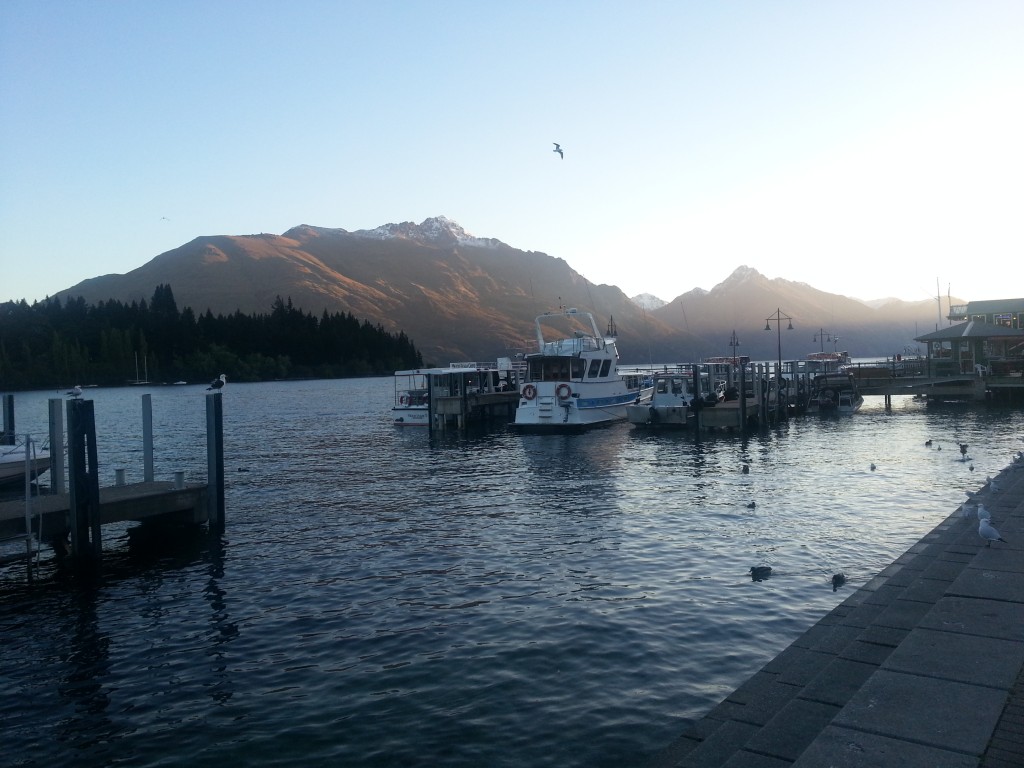Early Modern Europe: An Oxford History. I spent ages searching for a book of this sort – a clear, concise, holistic overview of the subject. The book is divided into three parts, each broadly dedicated to a specific century – the 1500s, then the 1600s, then the 1700s through to the end of the Napoleonic Wars. In turn, each part then contains three chapters (each by a separate author): one on economic history and everyday life; one on ideas and religion; and one on politics and statecraft.
I found the book offered just the right amount of detail for a relative newcomer such as myself – enough to give me a feel for each subject, while not so much as to overwhelm. Thumbs up!
The Confusions of Pleasure: Commerce and Culture in Ming China. A social history of the Ming dynasty, written by Timothy Brooks of Vermeer’s Hat fame. More scholarly and less popular than Vermeer’s Hat, but still very approachable. It explores the growing prosperity of Ming China, as seen in topics ranging from transport to gender economic roles to luxuries and antique-collecting – and the attitudes this upswell faced. A worthwhile look at how people lived in what was then the greatest empire on Earth.
The Better Angels of Our Nature: Why Violence Has Declined, by Steven Pinker. No slight on the other two, but I found this, by far, the most significant of the three. Very readable yet very weighty, this chronicles perhaps the most important development in human history: compared to our ancestors, those of us who live in developed countries are far, far less likely to be murdered, tortured, executed, killed in battle, put to the sword by an invading army, or fall victim to discrimination or a hate crime.
Now, I was already aware of this fact before I began the book; but Pinker marshals ream after ream of data to support it. Not only does he chronicle that this happened, but as promised, he also delves into why – which impulses within our brains drive us to violence, and which faculties hold us back; which institutions and social developments encourage our worst instincts and which restrain them. Is he right? I’m no expert, and the book is bound to have flaws, but as a whole the book rings true to me – and nothing contradicts my own reading. (For instance, one bit of research cited by the book helps answer a question I’ve recently seen posed – how did South Korea manage the miracle of going from dictatorship to thriving modern democracy in one lifetime?)
As such, this is one of the rare books that deserves the label “magisterial”, bringing together big history, science and psychology, and a dash of economics to explain a vital topic – and in an easy-to-read way. I don’t often issue blanket recommendations, but I will here. Anyone with an interest in the world around them should at least sample this book.

